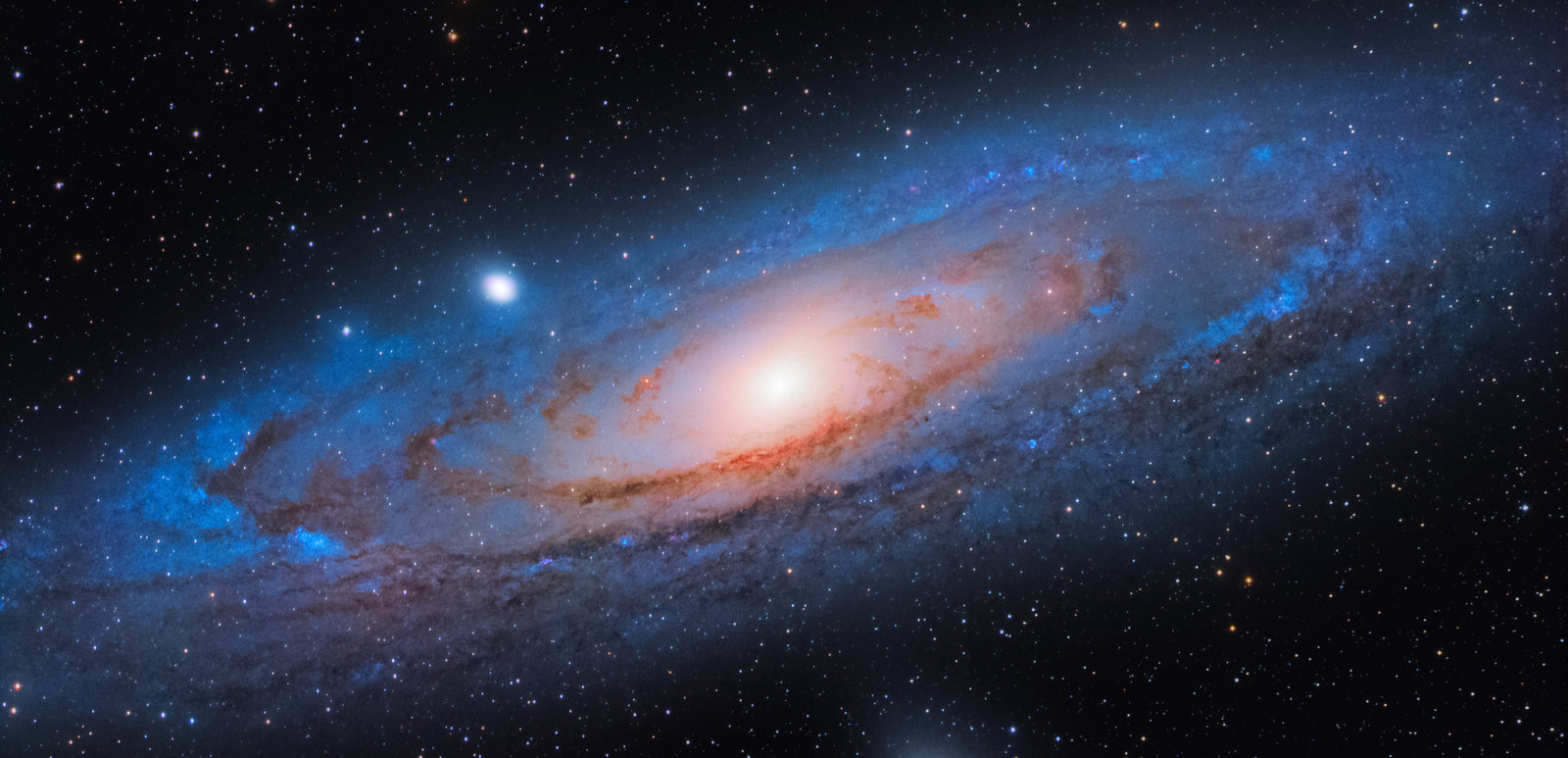Color vs. Monochrome cameras for astronomy, which is better?
While there are a lot of pros and cons to which is better, one of the biggest benefits monochrome cameras offer is their ability to capture pure data providing more detailed images when compared to color cameras. This in turn means higher resolution and increased apparent sharpness from a monochrome camera.
Color cameras, on the other hand, can produce color images right out of the box, and do not require expensive filter sets and filter wheels to do so. They will have slightly lower resolution and light-gathering ability, but can still produce stunning astrophotography images.
For this reason, if you're a beginner or have a lower budget, we recommend going with a color astronomy camera. If you're more advanced with deep sky imaging and have a higher budget, go with a monochrome camera with a filter wheel and filters.
What kind of pictures can I take with cooled monochrome astronomy cameras?
Cooled astronomy cameras, whether they're color or monochrome, are excellent for capturing deep sky objects beyond our solar system. This includes galaxies, nebulae, star clusters, and much more. If your primary goal is to take pictures of planets and other objects within the solar system like the sun, moon, or satellites, you should look into ZWO's collection of planetary cameras instead.
How do astrophotographers get color in their monochrome images?
Filter wheels are used in combination with monochrome cameras to create colorful images and using astronomy post-processing software. You can use RGB (red, green, and blue) filters for true color images, or narrowband SII, Ha, and OIII for false color but closer to the "Hubble palette" (SHO) look.











